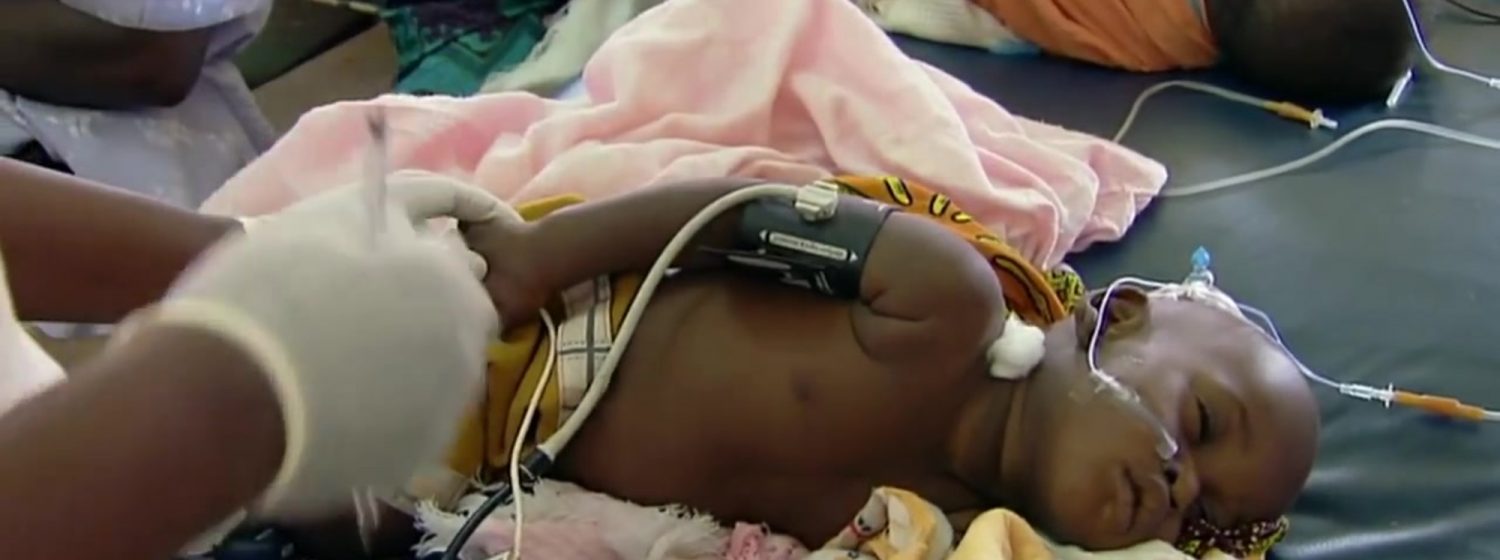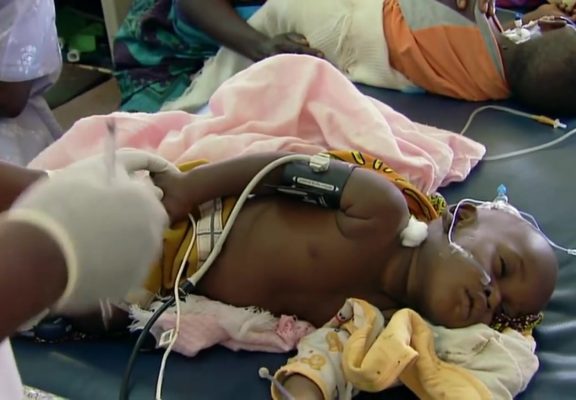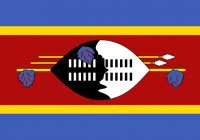


Swaziland
Swaziland, a small, landlocked monarchy in southern Africa, is known for its wilderness reserves and festivals showcasing traditional Swazi culture. Marking its north-eastern border with Mozambique and stretching down to South Africa, the Lebombo Mountains serve as a dramatic backdrop for Mlawula Nature Reserve’s many hiking trails. Its population is 1.25 million and GDP per capita of USD 3,034.
Swaziland is a lower-middle-income country, which is known officially as The Kingdom of Swaziland. The country has one of the highest HIV prevalence rates in the world with 26 percent of 15-49-year-olds living with HIV. Global Fund investments in the country aim to reduce HIV incidence and supports key populations through capacity building, prevention, care and treatment. TB/HIV co-infection also remains a key concern, and the Global Fund supports efforts to address this.. The Global Fund support also contributes to preparing Swaziland for malaria elimination through strengthened case management, artemisinin-based combination therapy, vector management and surveillance. Swaziland also faces the challenge of strengthening health systems to support an effective response. The Global Fund investments contribute to building resilient and efficient health systems through a strengthened health workforce, improved service delivery and improved monitoring and information systems.
AHO PRIORITIES FOR HEALTH DELIVERY PLAN IN SWAZILAND
- Health Insurance
- Public health information system, neonatal and adolescent health information systems, hospital information systems and management information system (MIS).
- Regulation/accreditation (EMT, Drug Formulary, Dental Act, and others).
- Strategic planning, monitoring, and evaluation.
- Family health: Healthy Schools Initiative; mental health; chronic noncommunicable diseases; violence; and injury prevention.
- Comprehensive care for HIV/AIDS.
- Disaster preparedness.
- Environmental health.
PROGRAMMES & PROJECTS
1. HEALTH SYSTEMS STRENGTHENING
PURPOSE
To strengthen the public health care system to provide comprehensive quality care to individuals and population groups based on health promotion and disease prevention criteria.
EXPECTED RESULTS
- Planning unit capacity strengthened.
- Primary care delivery system strengthened to provide comprehensive care.
- Public health sector capacity strengthened in human resource management.
- PHA planning and management capacity strengthened.
- National Quality Improvement Program strengthened.
- Support services strengthened to ensure quality health care.
- National Emergency Unit strengthened for strategic planning and management and disaster preparedness capacity improved.
2. EVIDENCE-BASED DECISION MAKING
PURPOSE
To strengthen the capacity of AHO to direct and manage the Health Information System and Network strategically
EXPECTED RESULTS
- Capacity of AHO strengthened to collect, analyse, integrate, and evaluate information from different sources.
- Capacity of the Public Health’ strengthened for the strategic direction and management.
- Comprehensive surveillance system strengthened.
- Hospital-based information systems strengthened.
- Improved public health sector capacity to conduct research in public health.
3. CHILD AND ADOLESCENT HEALTH
PURPOSE
To reduce child and adolescent morbidity and mortality
EXPECTED RESULTS
- Neonatal resuscitation capability improved
- Health of preschool children and first graders improved.
- Adolescent health services improved.
- Detection and management of child abuse improved.
4. HEALTH OF THE ADULT
PURPOSE
To improve the management of diabetes and hypertension and of breast, cervix, and prostate cancer programs
EXPECTED RESULTS
- Management of diabetes and hypertension improved.
- Programs for the early detection and management of breast, cervix, and prostate cancer improved.
- Management of STIs and HIV/AIDS improved in the Family Islands and New Providence.
- Health education programs concerning hypertension and cervix and prostate cancer.
- Community mental health program strengthened.
5. ENVIRONMENTAL HEALTH
PURPOSE
To improve the effectiveness of the managerial staff of all programs, particularly those related to vector control and water quality.
EXPECTED RESULTS
- Managerial capacity of senior and middle managers improved.
- Water quality standards and supporting legislation developed.
- Environmental Health Information System developed.
- Vector control and food safety programs improved.
6. MANAGEMENT OF THE REPRESENTATION
PURPOSE
To provide the administrative support needed to implement and help achieve the expected results of technical cooperation projects.
EXPECTED RESULTS
- Support provided to duty travel and to hospitality.
- Effective administrative support provided to the representation.
RESOURCES (USD)
AHO SWAZILAND 2020 (USD million)* based on 2017 population of 1.367 million, World Bank
| SO | BUDGET ITEM | AMOUNT* |
| 1 | Combating communicable diseases |
22 |
| 2 | Tackling non communicable diseases |
30 |
| 3 | Addressing determinants of health & risk factors |
25 |
| 4 | Modernising health system and health service |
20 |
| 5 | Improving preparedness, surveillance and response |
19 |
| 6 | Developing good governance & corporate services |
20 |
| Total |
136 |
AHO estimates that it needs to spend at least USD100 per capita on health to meet the basic health needs of the people in Africa. This is too far below developed countries e.g. in England it is US$1,300 per capita (2017)

